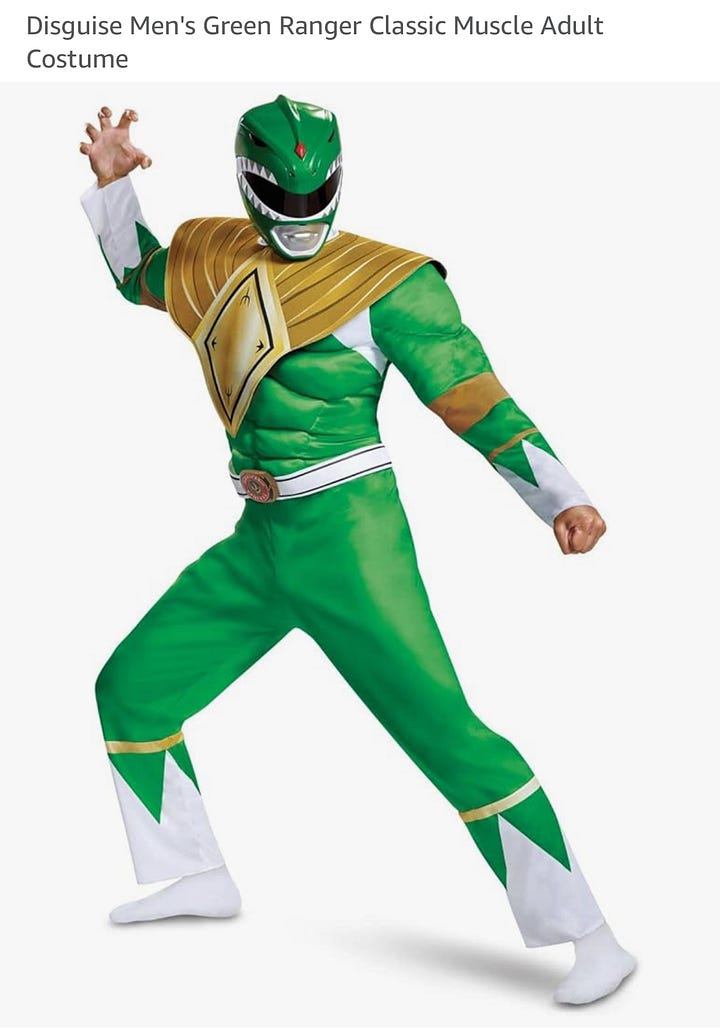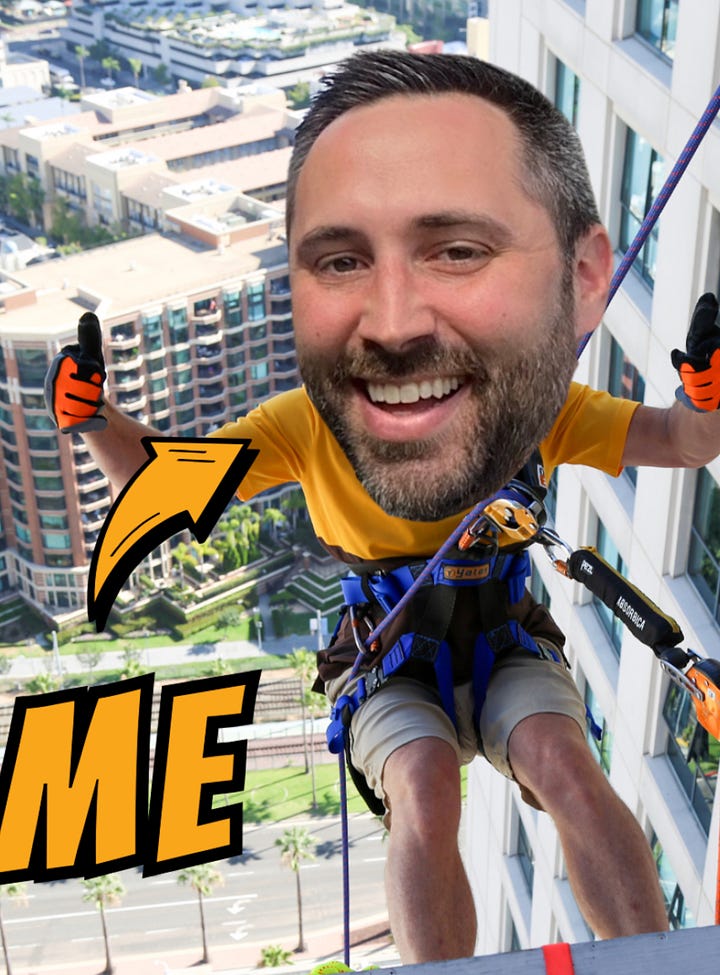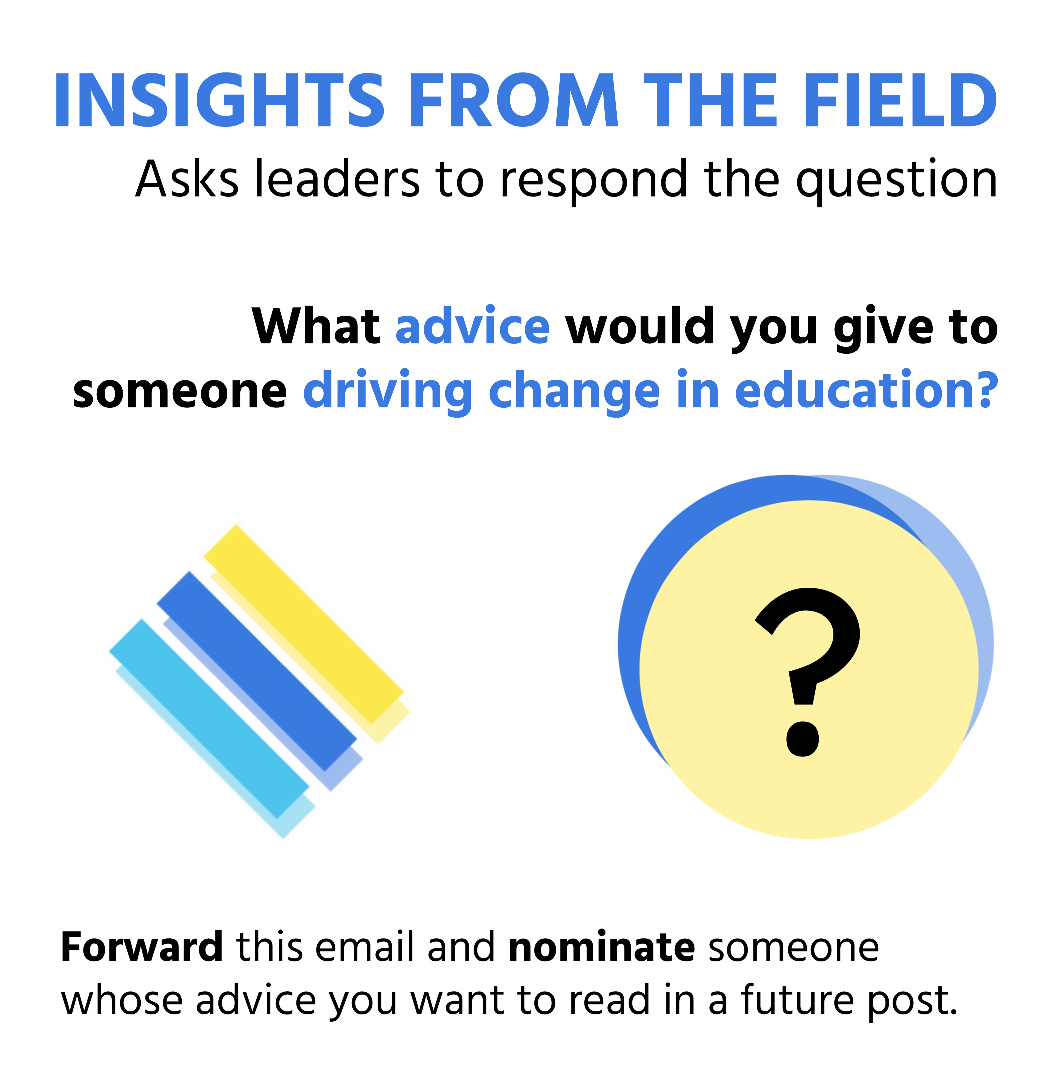"Work in draft" for better outcomes
👋 Hi there!
I’m writing because education wasn't designed around students, but we can improve the learner experience through design. I share stories, tips, and work in progress weekly.
Why it matters:
One of the most powerful aspects of design is the permission to work in draft and build before you feel ready.
That’s where the magic of prototyping comes in. You’re not building to be “done.” You’re building with the intention of learning, of inviting feedback, of finding out what you don’t yet know.
It’s as much about the exercise of trying to make an idea real—forcing it out of the cloud in your head—so you and others can see it, react to it, reshape it. And in that moment, you’re already learning.
Go deeper:
One of the most powerful aspects of design is the permission to work in draft and build before you feel ready
The Magic of Drafts
Over and over I’ve seen the power of putting something simple and incomplete in front of others and inviting feedback.
There’s something about it. A half-formed sketch, a messy whiteboard, a rough “napkin pitch.” It’s developed enough that people know what you’re getting at, but in-progress enough that they feel safe giving feedback.
But it’s also deeply vulnerable. When you put a polished final draft in front of someone, you unintentionally signal: this is where I’ve landed, this is what I believe, this is done. And most people, especially if they care about you, won’t push too hard against that.
Drafts signal invitation rather than judgment. A “working title” isn’t strong—it’s open.
Importantly, draft often place the “drafter” in a headspace that doesn’t get them overly attached to the outcome (or the ego often associated with the way we love our own ideas). I remind teams of this whenever I can.
Why This Works (and the Research to Back It Up)
The magic of prototyping is building with the intention of learning and feedback.
Making stuff real makes us think about how it works. Working in draft is as much about the exercise of trying to conceptualize the idea to make it real as it is to have a thing for people to react to. It makes you think about what elements you’re placing emphasis on and what you’re trying to learn (Stanford; Apple)
Drafts empower people to insert their perspective in real time. Feedback is vulnerable already, so when we put polished things in front of people, it suggests more clarity and confidence in the idea than is actually there. (Design Society Publication; Research in Design Engineering)
Unfinished work pulls people in. Psychologists have long observed the Ovsiankina effect—our tendency to want to return to incomplete tasks. When something looks “unfinished,” people can’t help but want to close the loop.
The best feedback doesn’t come when something looks polished. It comes when it looks possible.
Even better, drafts invite people in to be part of your work, the first step in engaging, co-creating, and leaning in to bringing it to life in a way that meets their needs.
Would you rather make changes to the prototype on the left or the right?
Drafting “Education Day” with the Educators Alliance
Over and over I’ve see the power of putting something simple and incomplete in front of others an inviting feedback. There is a power in something looking developed enough to react and yet in progress enough to safely invite feedback.
In helping to plan SD Design Design Week’s Education Day with UC San Diego Design Lab’s Educator Alliance, we deliberately took this approach to developing the program.
We described the goals for the event and our intent to collaborate on bringing the program to life and shared a draft…inviting conversation, feedback, and reactions to help shape what the final program will become. This also included an invitation to educators and school leaders to suggest students, programs, or topics that might be part of the program and even run sessions at their school in advance for student input that would become part of a Gallery during the event itself
The draft became the springboard for co-creation. We’ve heard from school leaders and educators with programs, presentations, students and potential topics that will soon materialize into a coherent program. All by sharing a draft with the admission that we don’t know the answer and we welcome input to bring it to life.
Driving Change is Iterative: Get Started
The organizations best positioned to innovate and drive change know this truth: it’s never “ready.”
It’s never “done.” Driving change is iterative. It’s built on seizing moments of momentum, seeing opportunities as they materialize, and capitalizing on the right insights at the right time.
When I work with organizations to begin prototyping, we immediately start to identify the assumptions in our concepts and consider ways to strategically test them: quickly, as cheap as possible, and with the intent to isolate key unknowns or “think we knows” that if we move in the wrong direction will lead to a program failure.
This kind of testing and iteration is uncomfortable and then suddenly empowering once teams see the value and impact of learning quickly in enabling them to adjust, improve, and progress towards a solution that meets stakeholder needs.
I stole an adage from my friend Spencer to drive this point home: “Getting started is more important than being right.” Because it is. Nimble adaptability is hard to compete with. Because it builds clarity, confidence, and most importantly for change, momentum.
It’s co-created in moments of working in draft. Whether it’s experimenting to test assumptions and see if it works, or sharing a messy outline of a program; drafts move us forward.
So maybe the question isn’t: When will this be ready?
It’s: When will this be ready enough to share? (and are we brave enough to try it?)
Working in draft is why this newsletter exists
It’s also one of the greatest challenges in my work. I get a fair bit of push back from leaders and organizations I write about because I focus on work in progress. It’s completely understandable, but I think it’s important for people to see the “draft.”
There’s a tension in talking about stuff “before it’s ready” or while its still under development. We’ve become accustomed to sharing the pretty, instagram-worthy, highlight reel finished product.
But that’s not often where the insight, the progress, or the growth exists. It lives in the messy, iterative, work in draft, and the outcome is better, people-centered, co-created outcomes.
Your challenge to work in progress
What’s one project you’re holding back on because it doesn’t feel ready?
What would it look like to share a draft version—an outline, a sketch, a messy beginning?
Who might you invite into the draft with you?
Remember: Getting started is more important than being right.
It’s Official, I’m going Over the Edge!
Next weekend ’m rappelling 29 stories down the Grand Hyatt San Diego in support of Reality Changers—an incredible organization that helps San Diego youth become first-generation college graduates and agents of change in their communities.
This cause is personal. As a first-gen college grad, I’ve lived the power of education and I’ve seen how a single opportunity can change everything— it’s connected me to the cause.
So far Grace and I (aka team“Mission: Possible”) have raised over $1,900 for the cause and she’s still working on her eligibility goal to rappel (she’s just $25 away!) To support our efforts, we’d be grateful for your donation to her campaign!
As promised, Paul picked my outfit as my top donor. Here’s a sneak preview of what you can expect (with the Power Rangers helmet swapped out for a slightly more appropriate one, safety first).


Nominate or Contribute Insights from the Field
If someone comes to mind who should contribute, please pass along the short form below (which includes an overview of the format). Feel free to copy me on that referral as well!
👉Share this form with folks you think should contribute their "Insight from the Field." (or submit your own).
Learning is better when it’s social.
If this post moved something in you, tap the ❤️, pass it along, or join the conversation on LinkedIn—I’d love to hear what it sparked.









